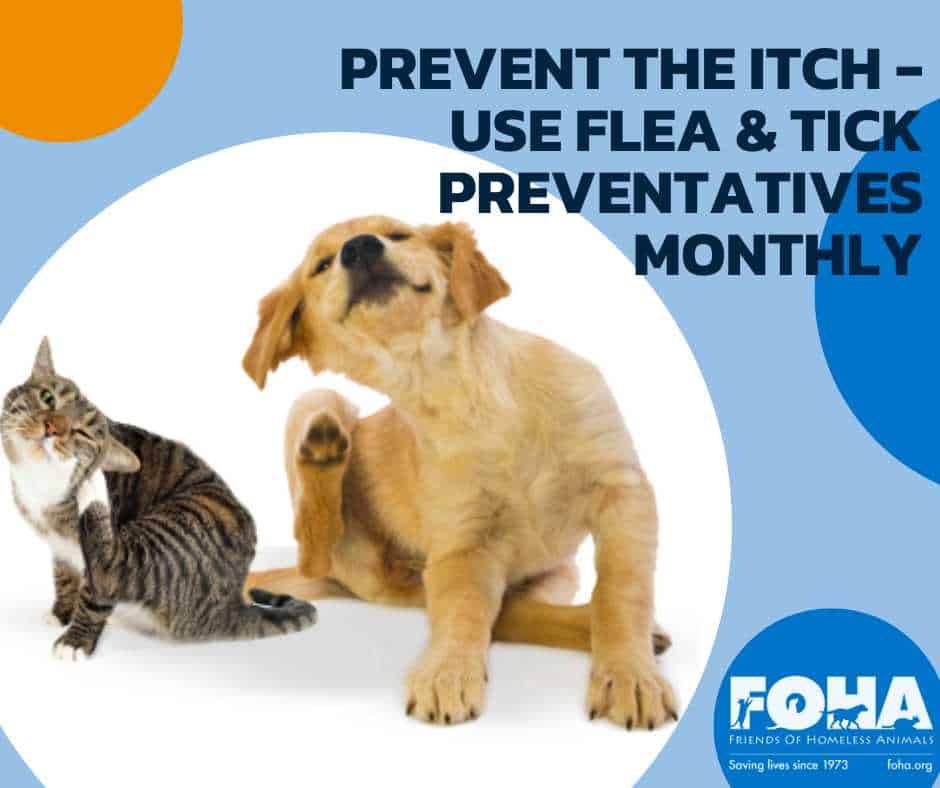
As responsible pet owners, we want our four-legged family members to enjoy the spring weather with us. It’s the season not only for picnics and garden parties, but also for unwanted insects. Ants aren’t the only ones showing up; fleas and ticks also make an appearance this time of year. Being ready for them helps keep your pet comfortable and safe.
Your local veterinarian’s office is your first line of defense. Regular visits should include a thorough examination for fleas and ticks followed by a prescription for preventative care. The right type and dosage of medication isn’t a “one size fits all” deal, because dogs and cats come in all shapes, sizes, and weights. Additionally, what’s fine to use on your dog may be dangerous or even lethal for your cat, so use caution.
Key takeaways:
- Ingredients in dog-specific flea and tick treatments can be toxic to cats and cause serious reactions.
- If you have a cat and a dog, make sure to monitor them after flea and tick treatment is applied topically to ensure your cat doesn’t lick it off your dog.
- Flea and tick medication poisoning in cats is extremely dangerous; if you believe your cat might have ingested or overdosed, contact your veterinarian immediately.
Knowing what you’re up against helps protect your pet. Fleas cause tapeworm and skin infections; tick-borne diseases include scary things like anaplasmosis, Lyme disease, ehrlichiosis, and Rocky Mountain spotted fever. These can spread to humans, so proactive prevention is best.
Dogs can get fleas by being outside where they live, such as shaded leafy debris piles and underneath decks. Cats can pick them up from wild animals passing through. If those animals are infested and drop flea eggs, the resulting “hitchhiker fleas” can get on you and end up indoors.
For more information check out these sources:
- petMD
https://www.petmd.com/cat/general-health/is-it-safe-use-dog-flea-and-tick-products-cats
- Cornell Richard P. Riney Canine Health Center


